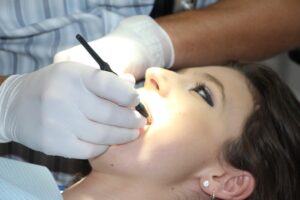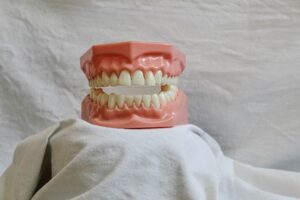Regardless the position of the jaws, a very important and common indication is to provide support to the face mask, when there’s an underlying soft tissue laxity. It provides a lifting effect, but in a more natural way, as what we do is give support to the soft parts of the face. The forward movement maxillo-mandibular is what will give us this effect. Specially indicating in flat face, with a retrusive profile and lack of lip support and of the cheek.
Small or delayed jaw
The inferior teeth are delayed in respect with the superior ones, as well as the chin. There uses to be problems in the articulation of the jaw and there can be some difficulties in breathing during the sleep.
Superior Maxillary delayed
The cheekbones are flattened, the superior teeth are delayed and they are barely visible when smiling.
Superior Maxillary elongate
The gum is excesively seen when smiling. The face is elongate, the chin uses to be delayed and it’s difficult to close the lips.
Large or advanced jaw
The inferior teeth are advanced in respect with the superior, the chin is also advanced and the molars are more spoiled that usually because of overwork.
Open bite
The superior and inferior teeth do not contact when closing the mouth. The lips have to be forced to be able of closing them and it’s difficult to eat. In extreme cases, this can affect the talking with problems in pronouncing some letter. The molars that do contact have an excess of work, so they get spioled before and sometimes there’s pain in the articulation of the jaw.
Mandibular Assymetry
The chin and the teeth deviate towards a side. Unconsciously, the patient tend to bend the head to reduce the defect, so that’s why sometimes they suffer pain in the neck. There can also be some problems in the articulation.
Article written by the Birbe Editorial Committee



